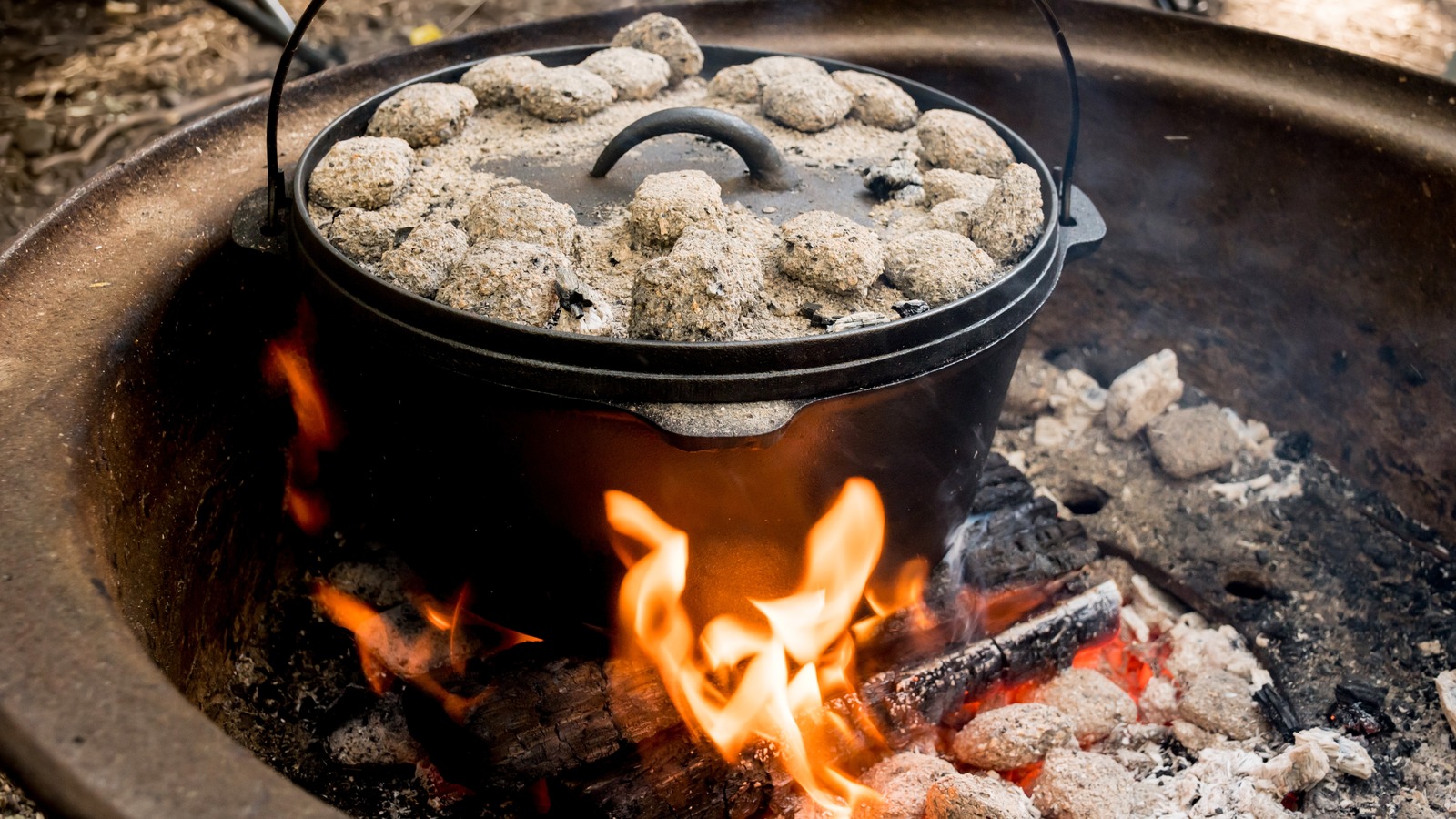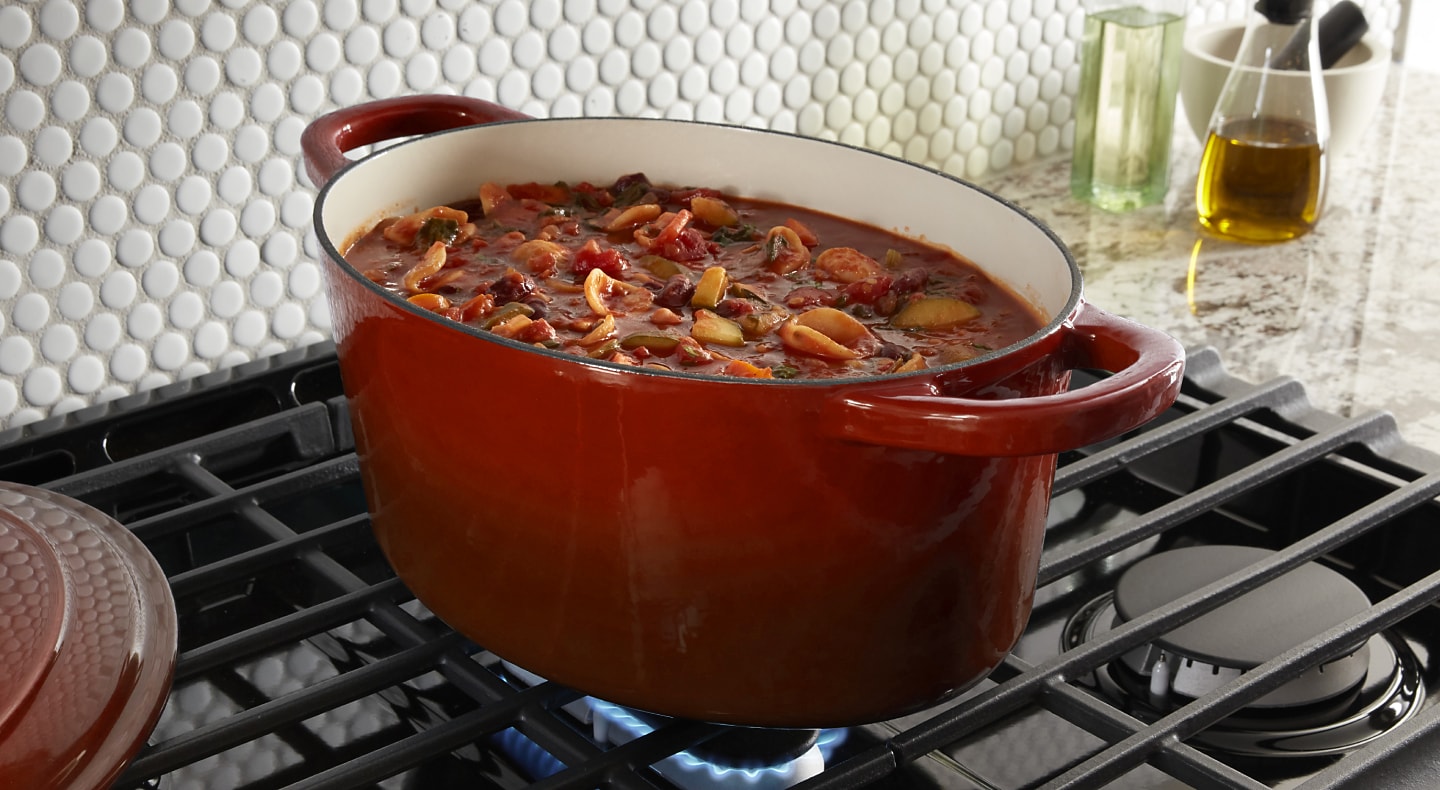Are you ready to embark on a flavorful culinary adventure? Whether you’re a seasoned baker or a novice in the kitchen, making **rosemary bread in a Dutch oven** is a delightful experience that guarantees delicious results. In this guide, we’ll walk you through each step of the process to help you create a beautiful, aromatic loaf of bread. With a few simple ingredients and the right tools, you’ll soon be experiencing the wonderful smells and tastes of freshly baked rosemary bread. Let’s dive right in!

The Charm of the Dutch Oven
The **Dutch oven** is a remarkable piece of cookware that can transform your baking experience. Known for its durability and even heat distribution, it allows you to bake bread with a perfectly crisp crust and a soft, airy interior. If you’re interested in learning more about the wonders of the Dutch oven and how it differs from other pots, check out this handy guide.

Why Rosemary Bread?
Rosemary bread is a delightful variation of classic bread infused with the fragrant and earthy notes of rosemary. Rosemary, a perennial herb known for its aromatic and medicinal properties, adds a unique flavor profile that pairs perfectly with soups, stews, and various spreads. It also boasts a range of health benefits, including improved digestion and anti-inflammatory properties. By incorporating rosemary into your bread, you’re not only enhancing the taste but also adding a touch of wellness to your meals.

Ingredients You’ll Need
- 3 cups of all-purpose flour
- 1 1/4 teaspoons of salt
- 1 teaspoon of sugar
- 2 teaspoons of dried rosemary
- 1/2 teaspoon of active dry yeast
- 1 1/2 cups of warm water (about 110F or 45C)
- 1 tablespoon of olive oil
- Extra flour for dusting
Step-by-Step Guide to Making Rosemary Bread in a Dutch Oven
Step 1: Preparing the Dough
Start by combining the **flour**, **salt**, **sugar**, and **dried rosemary** in a large mixing bowl. Mix well to ensure the ingredients are evenly distributed. Create a well in the center of the dry ingredients and add the **active dry yeast**. Pour in the warm water and stir until a sticky dough forms.
Step 2: Kneading the Dough
Transfer the dough onto a lightly floured surface and knead for about 10 minutes. Kneading develops the gluten in the dough, which gives the bread its structure and chewiness. For effective kneading, push the dough away from you with the heel of your hand, fold it over, and repeat. Continue this process until the dough is smooth and elastic.
Step 3: First Rise
Once your dough is kneaded, shape it into a ball and place it in a lightly oiled bowl, turning it to coat with oil. Cover the bowl with a damp cloth or plastic wrap and let it rise in a warm, draft-free place for about 1-2 hours, or until it has doubled in size. This is the first proofing stage and is crucial for developing the bread’s flavor and texture.
Step 4: Shaping the Dough
After the first rise, punch down the dough to release the trapped gases and transfer it onto a floured surface. Gently shape it into a round loaf by folding the edges towards the center and pinching them together. Place the shaped dough on a piece of parchment paper and let it rise for another 30-60 minutes. In the meantime, preheat your Dutch oven in the oven at 450F (230C).
Step 5: Baking the Bread
Carefully remove the preheated Dutch oven from the oven and transfer the dough, along with the parchment paper, into the pot. Cover with the lid and bake for 30 minutes. After 30 minutes, remove the lid to allow the bread to develop a golden-brown crust. Bake for an additional 15-20 minutes. The bread is done when it sounds hollow when tapped on the bottom.
Step 6: Cooling and Slicing
Once baked, carefully remove the bread from the Dutch oven and let it cool on a wire rack. Cooling is crucial as it allows the bread to finish cooking and the flavors to stabilize. Slice the bread with a sharp knife on a sturdy cutting board. Enjoy the wonderful, aromatic rosemary bread warm or at room temperature.
Tips for Perfect Rosemary Bread
- For a more robust rosemary flavor, use fresh rosemary instead of dried. Simply chop 2 tablespoons of fresh rosemary and mix it into the dough.
- If you don’t have a Dutch oven, you can use a heavy-duty oven-safe pot with a lid. Just make sure it can withstand high temperatures.
- Don’t rush the rising process. Allow the dough to rise fully for the best texture and flavor.
- Experiment with add-ins like garlic, olives, or sun-dried tomatoes for a unique twist on this classic recipe.
Maintaining Your Dutch Oven and Other Tools
After making delicious rosemary bread, it’s essential to keep your Dutch oven and other kitchen tools in pristine condition. For tips on how to store your Dutch oven properly, check out this helpful guide. Additionally, keeping your cutting board and knife in good shape ensures they’re always ready for your next baking adventure. To find the best cookware cleaner and cutting board conditioner, click here and here.
As an Amazon Associate, I earn from qualifying purchases.
Conclusion
Making your own rosemary bread in a **Dutch oven** is not only satisfying but also extremely rewarding. From the preparation and kneading to the tantalizing aroma that fills your home as it bakes, each step is a joy. By following this detailed, step-by-step rosemary bread recipe, you can create a beautiful loaf that’s perfect for any meal or occasion. So, gather your ingredients, preheat your oven, and get ready to enjoy some of the best homemade bread you’ve ever tasted!
For more delicious recipes and tips on using your Dutch oven, take a look at this related article and enhance your cooking experience even further.

